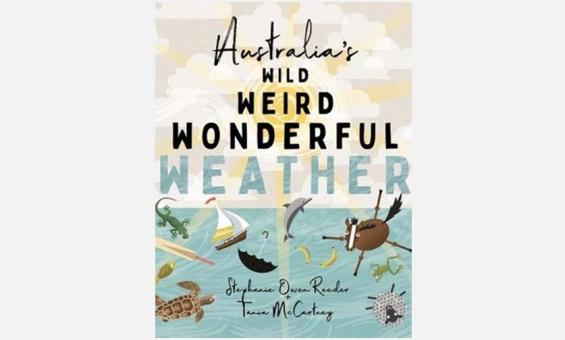Digital Classroom
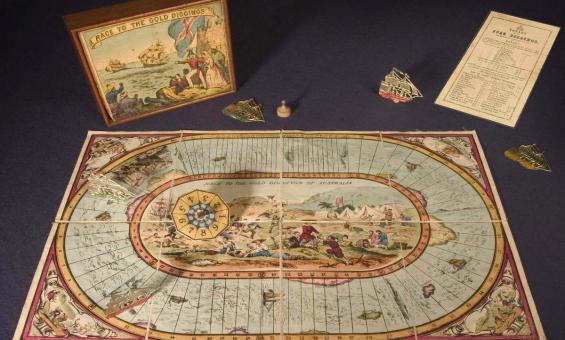
Board game titled: Race to the gold diggings of Australia] [realia], 1855, nla.gov.au/nla.obj-139615708
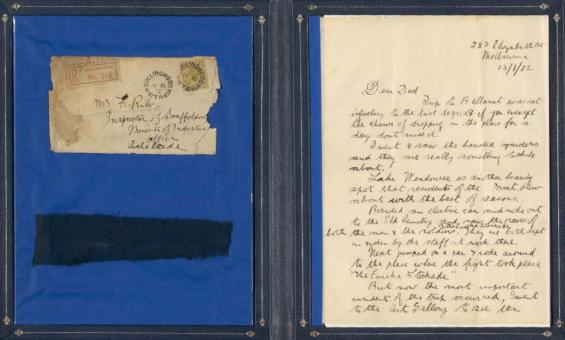
Portion of the flag flown by the miners at the Eureka Stockade, 1854, nla.gov.au/nla.obj-139600656
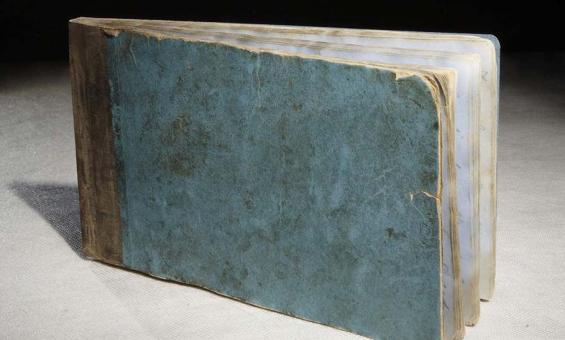
Burke and Wills Expedition (1860-1861), Robert O'Hara Burke (1821-1861), William John Wills (1834-1861), John King (1841-1872), FH Hawkins and DW Roberts (1860), Papers relating to the Burke and Wills Expedition, 1860-1861 [manuscript], nla.gov.au/nla.obj-229121922
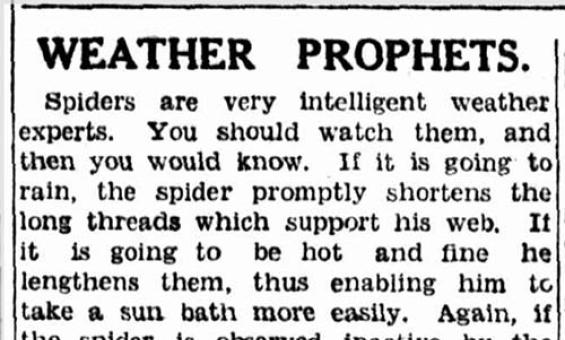
WEATHER PROPHETS, The Age (Melbourne, Vic. : 1854 - 1954), p. 17, 4 November 1937 nla.gov.au/nla.news-article205560442
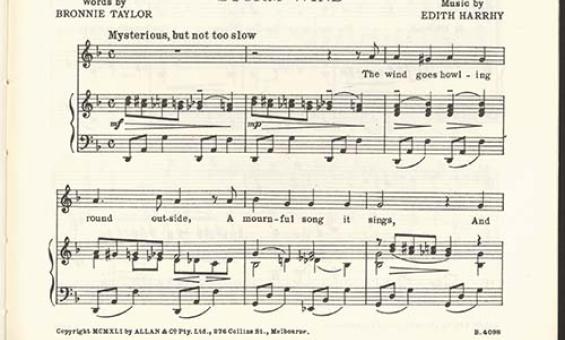
Edith Harrhy and Bronnie Taylor, Songs for young Australians [music] / words by Bronnie Taylor ; music by Edith Harrhy, 1941, nla.gov.au/nla.obj-175231656
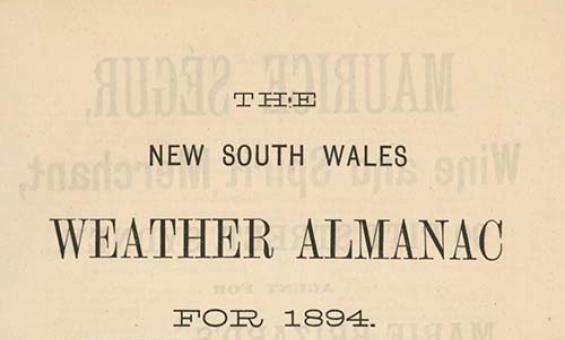
New South Wales weather almanac for ... : a general handbook for the year, 1894, nla.gov.au/nla.obj-406743496
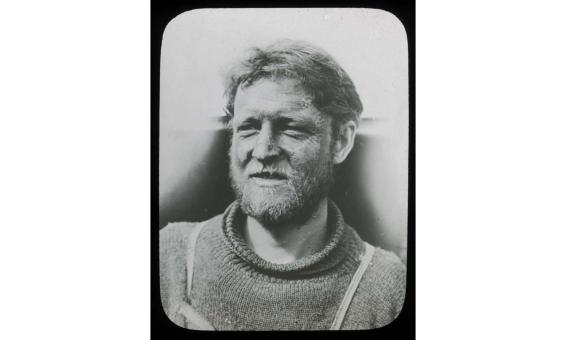
Frank Hurley, Madigan's frostbitten face, Adelie Land [Australasian Antarctic Expedition, 1911-1914], nla.gov.au/nla.obj-145067660

WEATHER MAP, 9 am 3 FEBRUARY, 1877. (1877, February 5). The Sydney Morning Herald (NSW : 1842 - 1954), p. 6. nla.gov.au/nla.news-article13389140
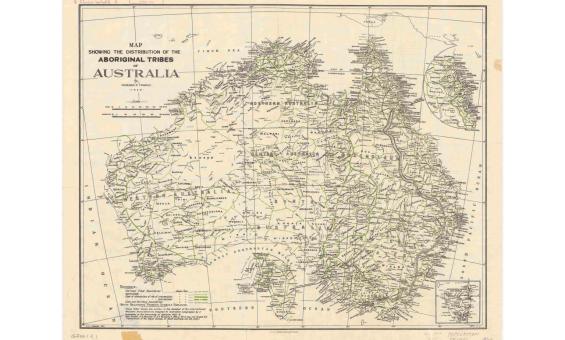
Norman B Tindale, Map showing the distribution of the Aboriginal tribes of Australia, 1940, nla.gov.au/nla.obj-230054338
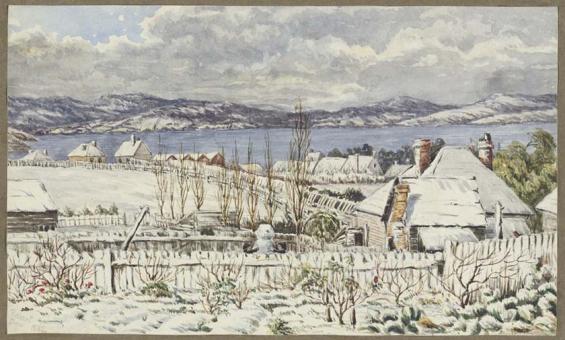
HJ Graham, Severe snow storm over Hobart, 1882, nla.gov.au/nla.obj-135529606
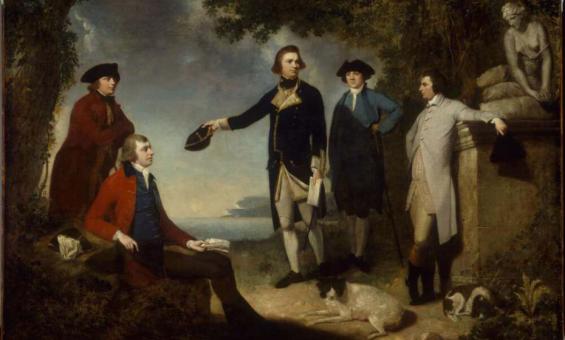
John Hamilton Mortimer, [Captain James Cook, Sir Joseph Banks, Lord Sandwich, Dr Daniel Solander and Dr John Hawkesworth], 1771, nla.gov.au/nla.obj-135646842
